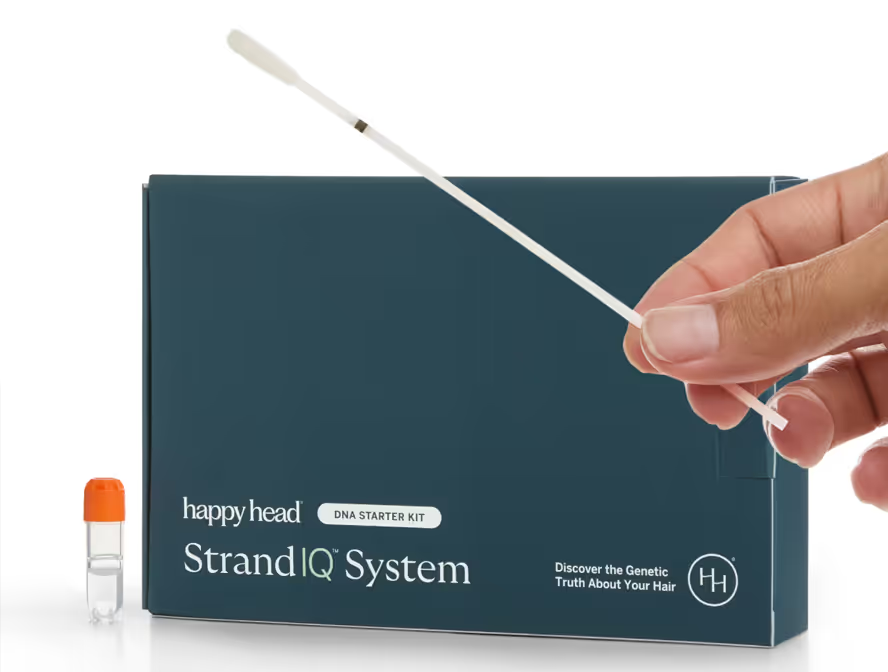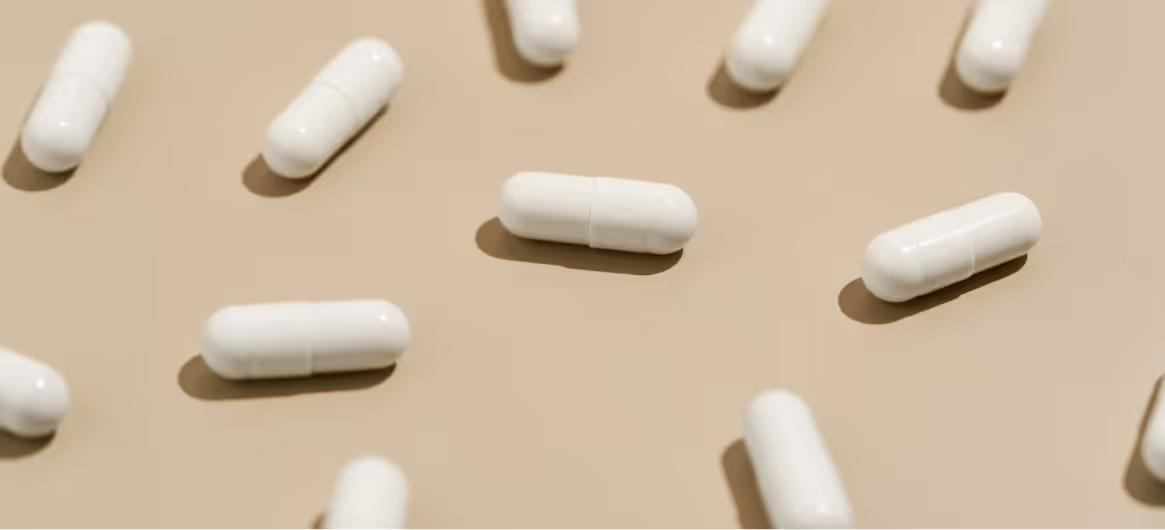When it comes to sun care, most people remember to apply sunscreen to their face, arms, and shoulders—but the scalp is often overlooked. Your scalp is one of the most exposed and vulnerable parts of your body, and neglecting it can lead to sunburn, dryness, irritation, and long-term damage to both your skin and hair follicles.
What Is Scalp Sensitivity to Sun?
Scalp sensitivity to sun refers to how prone your scalp is to UV-related damage, including inflammation, redness, sunburn, dryness, and even accelerated aging. This is because while everyone is susceptible to UV radiation, genetic differences leave some people more prone to burning or experience more damage than others.
How Genetics Influence Sun Sensitivity
Genetic studies have shown that UV sensitivity varies more than 1,000-fold among individuals, and heritability plays a significant role. Key gene groups include:
- Pigmentation genes like ASIP, TYR, MC1R, and OCA2 influence skin and hair color, tanning ability, and burn susceptibility. Individuals with certain variants are less likely to tan and more likely to burn.
- DNA repair genes such as NTM and ERCC1 don’t affect how your skin tans but do influence your skin’s ability to recover from sun exposure. These genes are also associated with long-term sensitivity to sun exposure and UV-induced skin damage.
If you carry certain variants, your scalp may be especially prone to UV-induced irritation, inflammation, or premature aging—even if your hair provides some coverage.
Personalized Sun Protection Strategies
Depending on your risk level, you can take tailored steps to protect your scalp and prevent sun-related scalp and hair damage.
Low Risk: Daily Prevention for UV Maintenance
If your Happy Head StrandIQ™ analysis identified you as being at low risk for scalp sensitivity to sun, then taking the following simple steps can help protect your scalp from the sun’s harmful rays:
- Use SPF-infused products
A high-SPF moisturizer or scalp mist can help prevent UV damage and dryness. - Prioritize protective accessories
A wide-brimmed hat–especially when worn during the sun’s peak hours—can help to shield your scalp from direct sun. - Time your sun exposure
The sun is strongest between 10 am and 4 pm—limit your time outdoors during these hours.
Medium Risk: Reinforce Your Scalp Defense
If you’re genetically predisposed to be at a moderate risk for scalp sensitivity to the sun—or if you’ve noticed that your scalp becomes irritated after spending time in the sun—then more intensive protections may be needed:
- Apply SPF 30+ to scalp and hairline
Choose a non-greasy, broad-spectrum sunscreen and reapply every two hours. - Scalp coverage matters
In addition to hats, consider adding protective accessories such as scarves and UV-blocking umbrellas as part of your sun defense strategy. - Schedule regular skin checks
Schedule time annually with your Happy Head dermatologist to monitor for sun damage or suspicious moles, especially if you have a family history of skin conditions.
High Risk: Advanced UV Protection for Sensitive Scalps
If your StrandIQ™ analysis identified you as being at a higher risk for scalp sensitivity to sun, then more intensive measures may be in order:
- SPF 40+ sunscreen for scalp and part line
Apply every two hours, especially if you're sweating or swimming. - Moisturizing oils with fatty acids
Use scalp oils containing fatty acids like argan or sunflower oil to restore moisture lost through UV exposure. - Protective gear is non-negotiable
A wide-brimmed hat is essential if you're outdoors between 10 am and 4 pm - Dermatology visits
For those with high UV sensitivity, semi-annual dermatologist checkups are ideal.
Additional Tips to Minimize Scalp Sun Damage
Even with protective genetics, your environment and habits still influence how your scalp responds to UV rays. These tips can support long-term scalp and hair health:
- Avoid tanning beds and artificial UV exposure.
- Use tinted SPF sprays for better scalp coverage without residue.
- Rinse your hair after sun exposure, especially after swimming in chlorine or saltwater.
- Eat antioxidant-rich foods like berries, leafy greens, and carrots to help your skin defend itself from oxidative stress.
Shielding Your Scalp for the Long Run
Sun protection doesn’t end at your forehead—your scalp is just as vulnerable to UV damage, especially if your genetics increase your sensitivity. Whether you tan easily or burn quickly, taking proactive steps like applying SPF, wearing hats, and using moisturizing treatments can make a measurable difference in the health of your scalp and hair.
Understanding your genetic risk with tools like the StrandIQ™ analysis for sun sensitivity helps you make smarter choices about prevention. Combined with healthy habits and routine skin checks, these strategies protect not just your scalp, but your overall skin wellness for years to come.
Resources
StrandIQ SNP Marker Count: 14
StrandIQ Genes for Trait:
AFG3L1P, CASP8, DBNDD1, ERCC2, FLACC1, IRF4, KLC3, MC1R, NCOA6, NTM, OCA2, PIGU, TUBB3, TYR
References:
Carreras, A., et al. (2023). Skin phototype and disease: a comprehensive genetic approach to pigmentary traits pleiotropy using PRS in the GCAT cohort. Genes (Basel), 14(1), 149. PMID: 36672889.
Duffy, D.L., et al. (2018). Novel pleiotropic risk loci for melanoma and nevus density implicate multiple biological pathways. Nature Communications, 9(1), 4774. PMID: 30429480.
Farré, X., et al. (2023). Skin phototype and disease: a comprehensive genetic approach to pigmentary traits pleiotropy using PRS in the GCAT cohort. Genes (Basel), 14(1), 149. PMID: 36672889.
Galván-Femenía, I., et al. (2018). Multitrait genome association analysis identifies new susceptibility genes for human anthropometric variation in the GCAT cohort. Journal of Medical Genetics, 55(11), 765–778. PMID: 30166351.
Landi, M.T., et al. (2020). Genome-wide association meta-analyses combining multiple risk phenotypes provide insights into the genetic architecture of cutaneous melanoma susceptibility. Nature Genetics, 52(5), 494–504. PMID: 32341527.
Liyanage, U.E., et al. (2019). Combined analysis of keratinocyte cancers identifies novel genome-wide loci. Human Molecular Genetics, 28(18), 3148–3160. PMID: 31174203.
Nan, H., et al. (2009). Genome-wide association study of tanning phenotype in a population of European ancestry. Journal of Investigative Dermatology, 129(9), 2250–2257. PMID: 19340012.
Pietzner, M., et al. (2021). Mapping the proteo-genomic convergence of human diseases. Science, 374(6569), eabj1541. PMID: 34648354.
Sakaue, S., et al. (2021). A cross-population atlas of genetic associations for 220 human phenotypes. Nature Genetics, 53(10), 1415–1424. PMID: 34594039.
Sulem, P., et al. (2007). Genetic determinants of hair, eye and skin pigmentation in Europeans. Nature Genetics, 39(12), 1443–1452. PMID: 17952075.
Verma, A., et al. (2024). Diversity and scale: genetic architecture of 2068 traits in the VA Million Veteran Program. Science, 385(6706), eadj1182. PMID: 39024449.
Visconti, A., et al. (2018). Genome-wide association study in 176,678 Europeans reveals genetic loci for tanning response to sun exposure. Nature Communications, 9(1), 1684. PMID: 29739929.
Zhang, M., et al. (2013). Genome-wide association studies identify several new loci associated with pigmentation traits and skin cancer risk in European Americans. Human Molecular Genetics, 22(14), 2948–2959. PMID: 23548203.
This content, including StrandIQ™ DNA analysis reports and any Happy Head products and/or services referenced therein, is for informational and cosmetic purposes only. It is not intended to diagnose, treat, cure, or prevent any disease. This content does not constitute medical advice and should not be used to make healthcare decisions. References to prescription treatments are educational in nature. Always consult a licensed healthcare professional for any medical concerns or treatment decisions.








.avif)

